Description
Wall tents have been in use for much longer than at first thought. Paintings from 1544 show open-faced wall tents standing with pavilions and wedges. A model of a tent dated to the mid-17th century, and profusely decorated with taped seams outside and fully embroidered inside, stands in a European museum. There are drawings of wall tents being used in military settings ca. 1740. A sketch brought back from England shows a wall tent with overhanging eaves dating from 1780. Long’s expedition of 1819 was recorded in paintings which show the tent in use and numerous other paintings attest to its continued use during the 19th century. Truly a tent that has never gone out of style, the wall tent appears in all the woodsmanship books of the early part of this century and is still in use for guided hunting trips and Indian winter living in northern Canada. Wall tents have been popular because they are a very efficient use of material for the space provided, are easy to transport, quick to set up, and ensure a dry, trouble free, comfortable camp.
All Tentsmiths wall tents include overhanging eaves (as did many originals) to shed water away from the walls, overlapping doors to discourage wind-blown rain from entering, and an internal mud flap to further ensure against weather entering from beneath the walls. We highly recommend the addition of a second door as this allows the tent to ventilate more efficiently on a hot day giving you the coolest place in camp. Watch a video of the tent set-up here.
Unless otherwise noted, Tentsmith tents are made out of 10 oz. white Sunforger – Flame resistant canvas.
All PRODUCTS ARE “CANVAS ONLY”. YOU WILL NEED POLES, ROPES, AND STAKES TO SET UP YOUR TENT, WHICH CAN BE PURCHASED SEPARATELY.
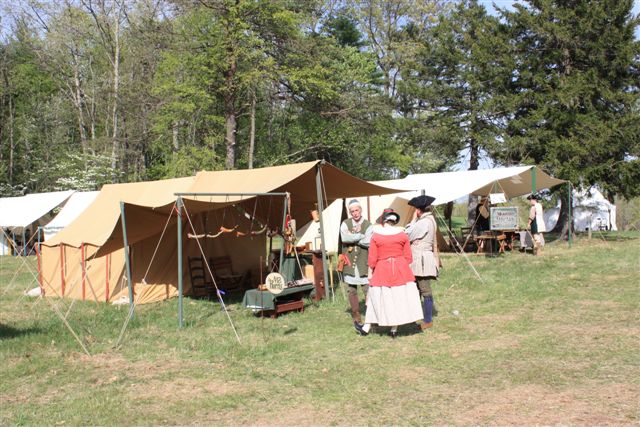
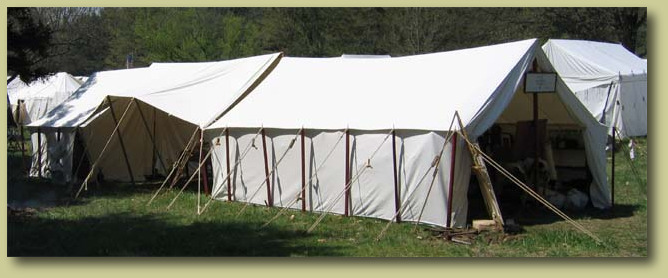
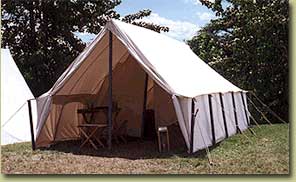
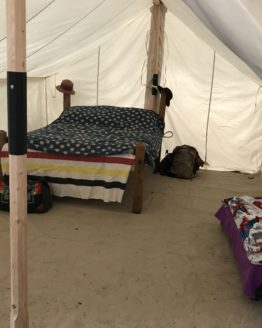
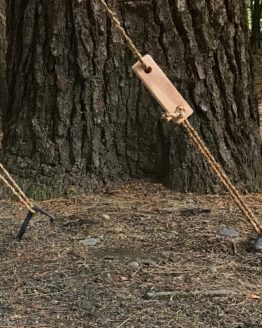
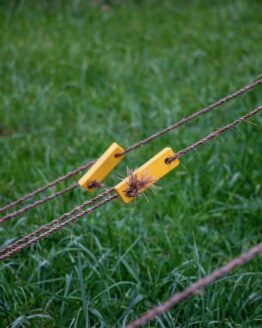
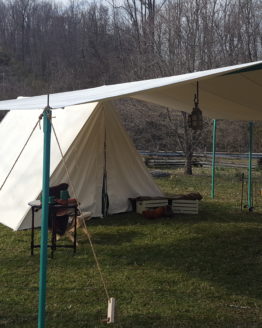
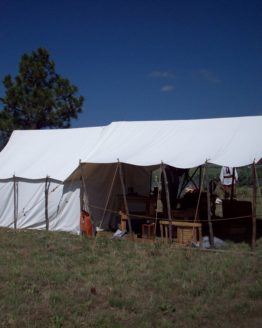
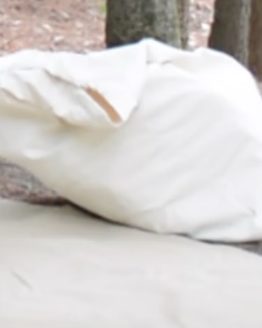
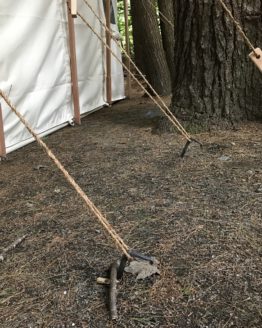
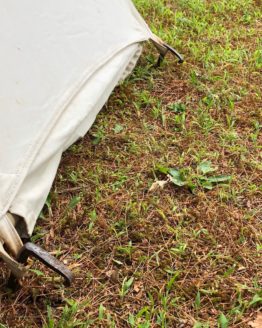
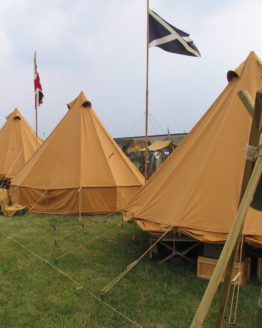
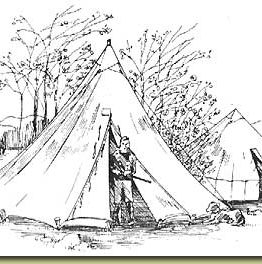
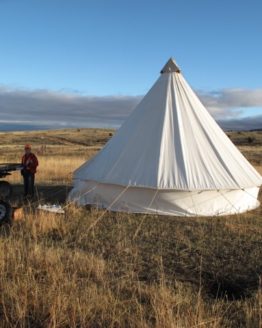
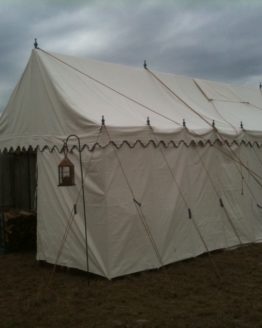
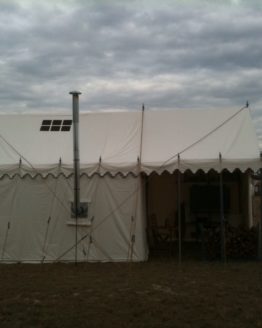
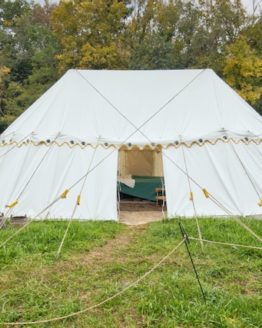
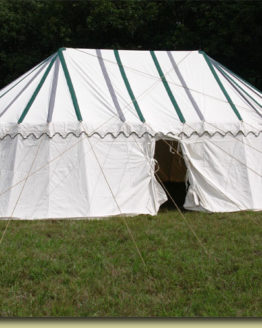
Reviews
There are no reviews yet.